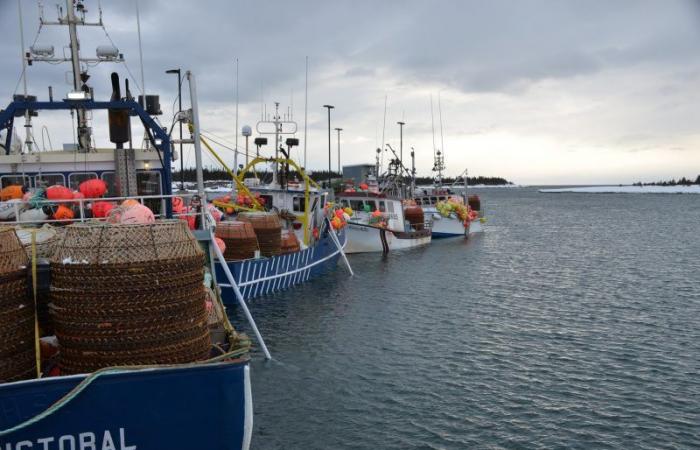The answers to these types of questions are often impossible to find, conclude two researchers from the Institute for Research in Contemporary Economy who studied the crab and lobster markets. The study concludes that reliable data on the commercial margins of the various intermediaries between capture and plate simply do not exist.
“We don’t know much,” notes university researcher Gabriel Bourgault-Faucher, who has specialized in the fishing industry for 4 years. The only reliable data is the landed price paid by factory owners to fishermen. No way to know how players like wholesalers, restaurateurs and large grocery chains operate, he says.
Lack of transparency
Without transparency across all transactions, it becomes difficult to see which companies are making profits and which are struggling to find profitability. More than 70% of Quebec’s marine products are exported to other countries, recalls the IRÉC researcher. Gabriel Bourgault-Faucher specifies that 80% of seafood consumed in Quebec is imported.
The study published this Thursday, June 13 on the IREC website focuses on the composition of crab and lobster prices and traces the path of products from Quebec and consumed in the province. It provides a wealth of information on the role of everyone, such as brokers, wholesale and retail distributors.
Failing to obtain the price after each change of hand of a product, the two researchers analyze economic flows, as well as income and expenses at each link in the biofood chain. The fishing economy in Quebec would benefit from better monitoring of everyone’s commercial margins, they conclude.







